Every parent hopes to experience a normal pregnancy and deliver a healthy baby. Unfortunately, not all pregnancies and deliveries are normal for the expectant mother, for the baby, or for both of them.
Complications during labor can arise without warning. Some are minor, others are life-threatening. Here are some of the most common labor complications to watch out for.
Prolonged Labor
Such a condition occurs when the labor lasts too long and thus endangers the lives of both mother and baby. First-time mothers, however, are likely to face significant risk. Prolonged labor is likely to result in infection.
Preterm Labor
A normal pregnancy lasts 38 to 40 weeks. Any labor before the 38th week is considered preterm. Unfortunately, some woman are having a baby too early. About 11 to 12 percent of women in the United States experience preterm labor. Their labor starts earlier than normal, before the 37th week of pregnancy or even past the 20th week. Babies born preterm are typically at risk for having digestive and respiratory problems.
Miscarriages
An estimated 15 percent of births in the country end in miscarriage, that is, when a baby is born too early to survive. While many practitioners believe that it is almost impossible to prevent a miscarriage, doctors should be able to prescribe bed rest and other necessary measures if they suspect a miscarriage is likely to occur.
Fetal Distress
Fetal distress can by caused by medications in labor, cord issues, infection and induction. One typical scenario would be when the mother experience contractions during childbirth. This cuts off oxygen from the placenta and may cause the baby to suffer from lack of oxygen.
Fetal distress is scary but it can be remedied by fetal monitoring and Caesarean section or drugs to expedite the labor.
Bleeding Issues
A woman during a normal labor does not experience any vaginal bleeding. While bleeding occurs more often when a Caesarean section is performed, it can also happen after birth due to the following:
- placental abruption
- induction of labor
- having twins or multiple gestation
- giving five or more previous births
Pregnant women are advised to talk to their doctor or midwife about how they deal with postpartum bleeding issues. Practitioners usually start with uterine massage but are likely to recommend medications and, in the worst case scenario, surgery.
Stillbirths
Stillbirth, or the death of a baby inside the mother’s womb, is becoming rare thanks to improved prenatal monitoring. But stillbirth still occurs in about 1 in 160 pregnancies in the country. In fact, the U.S. has a relatively high rate of still births compared with other developed countries. Doctors should be able to detect a stillbirth and discover the cause. Practitioners may not be able to detect a weak heartbeat but should be able to offer viable recommendations and help avoid a stillbirth.
Ectopic Pregnancy
Ectopic pregnancy occurs when the embryo or fertilized egg settles outside the uterus, usually in one of the fallopian tubes. If undiagnosed, ectopic pregnancy can be very painful and can endanger the mother’s life. But once detected, doctors should prescribe immediate hospitalization to avoid further complications.
Modern medicine and a good doctor should be able to help mothers work through labor complications and take home a healthy baby.
Medical malpractice, however, can lead to tragic results. It can be in the form of misdiagnosis, late diagnosis, failure to diagnose, medication errors, surgical errors and childbirth injuries. If you suspect that you have suffered unnecessarily as a result of medical malpractice, talk to a legal practitioner who can help you discuss what steps to take next.
